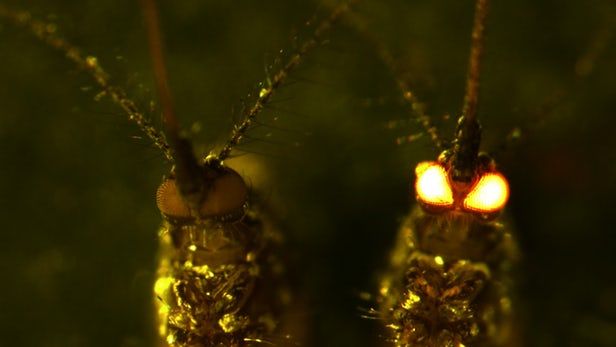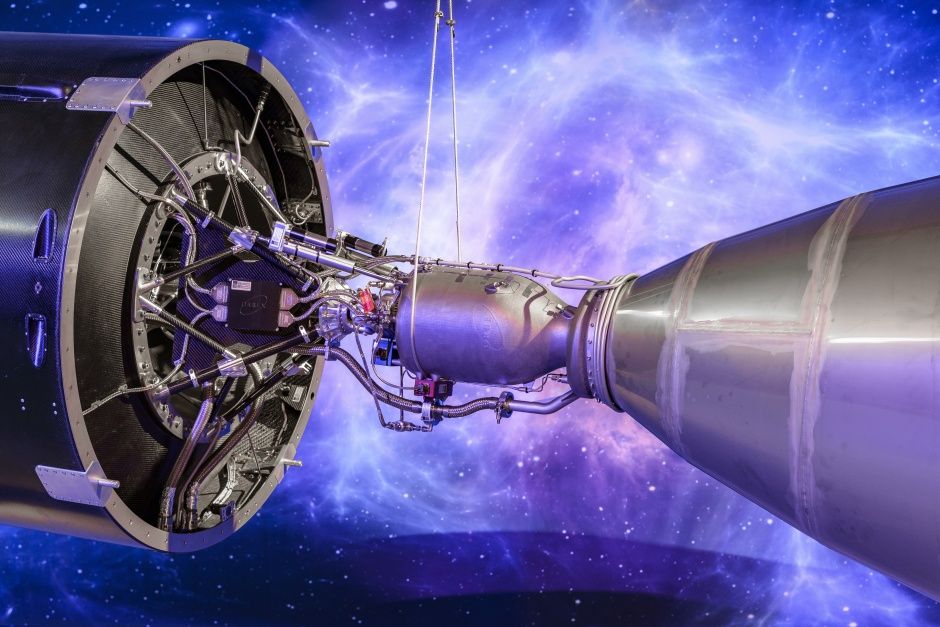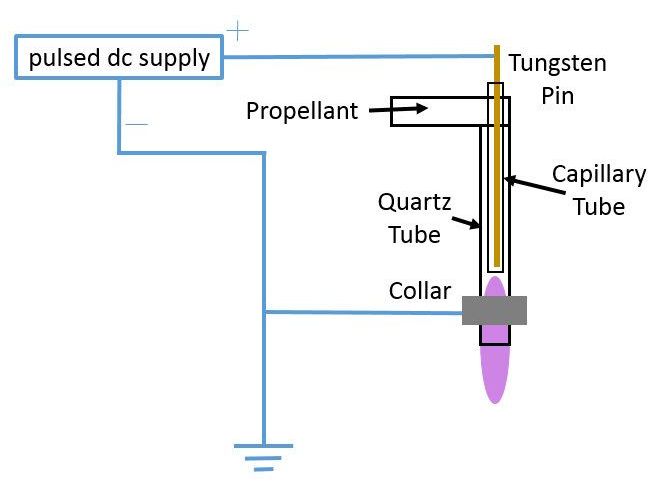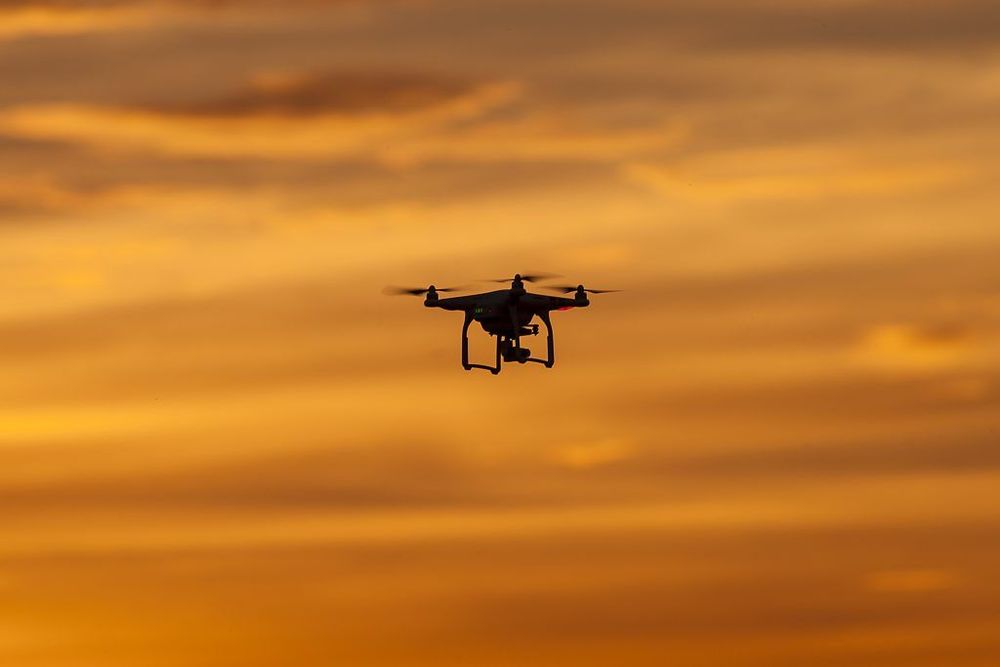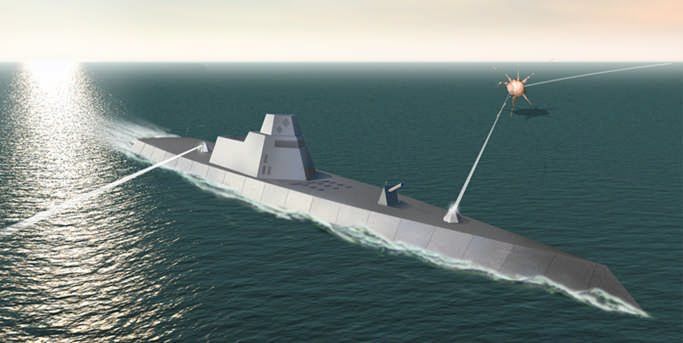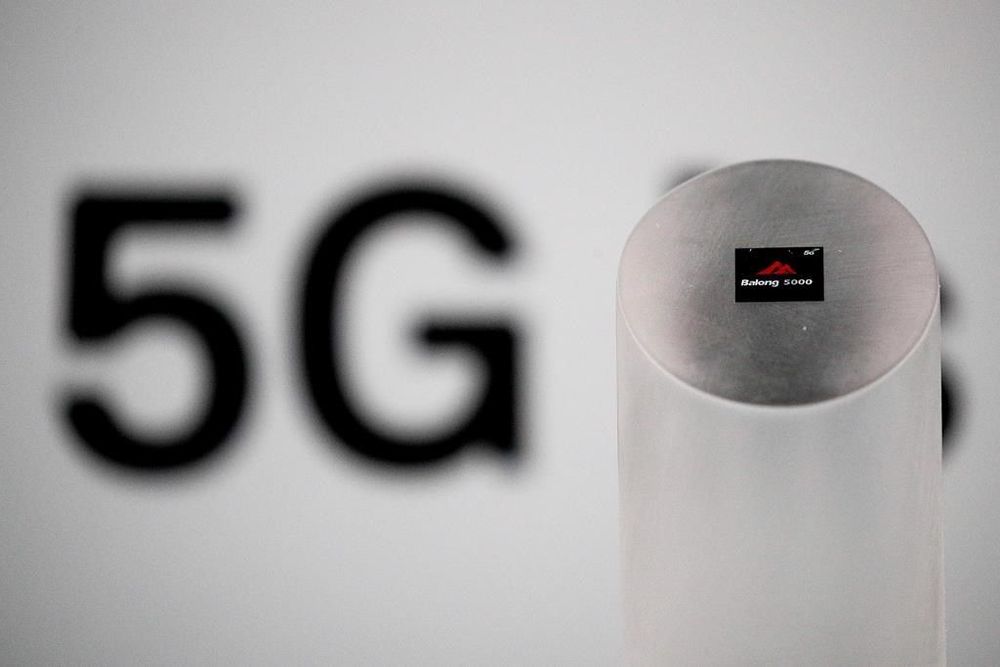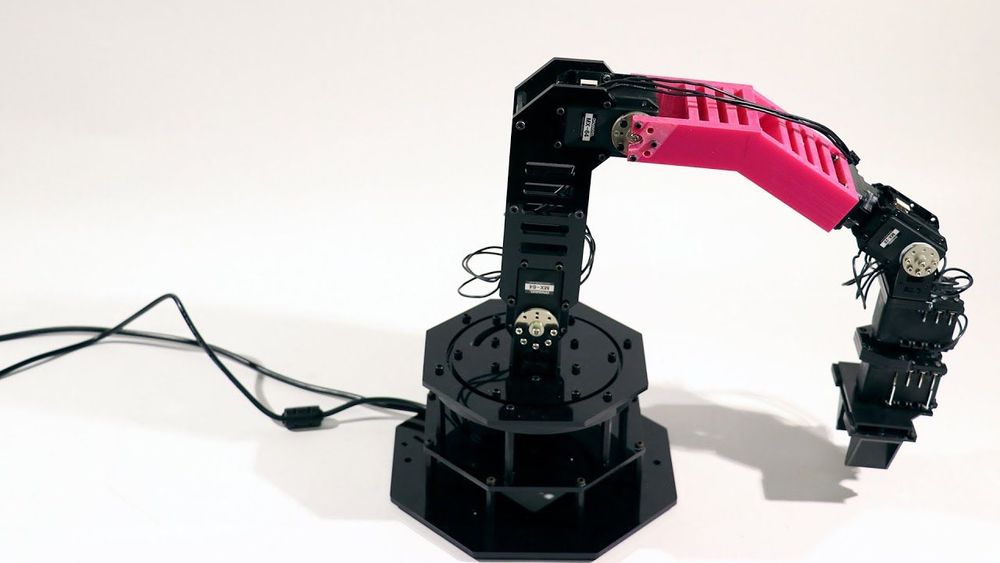Scientists in Australia are looking at some pretty creative ways to tackle the Zika virus, which continues to pose a risk to millions across Africa, Asia and parts of the Americas. Following a trial last year where researchers were able to decimate disease-spreading mosquitos in the country’s north, scientists have now demonstrated an engineering technique that renders the biggest transmitter of the virus largely immune to it, raising hopes of a new way to control the spread of Zika and other mosquito-borne diseases.
Category: engineering – Page 178
Scottish space firm Orbex has unveiled an engineering prototype of a rocket that’s at the heart of plans to develop a UK satellite launch capability.
The company, which is involved in plans to develop the UK’s first spaceport in Sutherland, Scotland unveiled the rocket at the opening of its new headquarters and rocket design facility in Forres in the Scottish Highlands.
Designed to deliver small satellites into Earth’s orbit, Orbex Prime is a two-stage rocket that’s claimed to be up to 30% lighter and 20% more efficient than any other vehicle in the small launcher category. It is also the first commercial rocket engine designed to work with bio-propane, a clean-burning, renewable fuel source that cuts carbon emissions by 90% compared to fossil hydrocarbon fuels.
Many of today’s methods of purifying water rely on filters and chemicals that need regular replenishing or maintenance. Millions of people, however, live in areas with limited access to such materials, leading the research community to explore new options of purifying water in using plasmas. Many plasma-based approaches are expensive, but a new class of plasma devices may change that.
Researchers at the University of Alabama in Huntsville have been studying a new type of plasma generator for water purification. The new generator pulses voltage signals to ionize gas at atmospheric pressure and produce many useful byproducts, including hydroxyl radicals, which cause a cascade of reactions that lead to purer water samples.
“We’re finding ways to speed up the purification process,” said Ryan Gott, a doctoral candidate in aerospace engineering at UAH who will present the research next week at the American Physical Society 71st Annual Gaseous Electronics Conference and the 60th Annual meeting of the APS Division of Plasma Physics, which will take place Nov. 5–9 at the Oregon Convention Center in Portland.
A U.S. Army engineer’s idea to turn the standard M4 rifle into an electromagnetic pulse gun recently got the nod from the U.S. Patent and Trademark Office.
James E. Burke, electronics engineer at the U.S. Army’s Armament Research, Development and Engineering Center, received U.S. patent 10,180,309 on Tuesday, giving the Army intellectual property protections on Burke’s “Electromagnetic Pulse Transmitter Muzzle Adapter.”
This invention would enable a single soldier in a ground unit to destroy enemy electronics, such as small drones or improvised explosive devices, by attaching a special blank-firing adapter to their rifle’s muzzle, then firing a shot.
Michael Griffin, the undersecretary for research and engineering, expects future budgets to provide funds for lasers that the missile defense agency can more rapidly develop and field. Space-control needs to have megawatt-class lasers.
Hypersonic weapons’ low signature in flight and high degree of maneuverability upon final approach to targets make the weapons difficult to defend against.
The last time the US really invested in transformative capabilities that overwhelmed adversaries [in Desert Storm] was the Reagan era.
Interesting concept.
Architectural students working with the European Space Agency (ESA) have created a new concept for a sustainable lunar habitat.
The ESA’s astronaut center in Cologne, Germany, partners with universities and research institutions to study moon-related concepts in preparation for future missions. Angelus Chrysovalantis Alfatzis is one of the researchers who has contributed to the development of a promising concept for a moon base, according to a statement from ESA.
“I always strive to find material and structural solutions in accordance with the resources available on site,” Alfatzis, who is in his final year of the architectural engineering program at the National Technical University of Athens, Greece, said in the statement. “At the moment, my focus is on using unprocessed lunar soil for construction and the architectural applications of this [technique].” [Moon Base Visions: How to Build a Lunar Colony (Photos)].
It is a few years since I posted here on Lifeboat Foundation blogs, but with the news breaking recently of CERN’s plans to build the FCC [1], a new high energy collider to dwarf the groundbreaking engineering triumph that is the LHC, I feel obliged to write a few words.
The goal of the FCC is to greatly push the energy and intensity frontiers of particle colliders, with the aim of reaching collision energies of 100 TeV, in the search for new physics [2]. Below linked is a technical note I wrote & distributed last year on 100 TeV collisions (at the time referencing the proposed China supercollider [3][4]), highlighting the weakness of the White Dwarf safety argument at these energy levels, and a call for a more detailed study of the Neutron star safety argument, if to be relied on as a solitary astrophysical assurance. The argument applies equally to the FCC of course:
The Next Great Supercollider — Beyond the LHC : https://environmental-safety.webs.com/TechnicalNote-EnvSA03.pdf
The LSAG, and others including myself, have already written on the topic of astrophysical assurances at length before. The impact of CR on Neutron stars is the most compelling of those assurances with respect to new higher energy colliders (other analogies such as White Dwarf capture based assurances don’t hold up quite as well at higher energy levels). CERN will undoubtedly publish a new paper on such astrophysical assurances as part of the FCC development process, though would one anticipate it sooner rather than later, to lay to rest concerns of outsider-debate incubating to a larger audience?
Despite unbelievable advances in medical science in recent decades, breast cancer kills. Approximately 1 in 8 American women will develop breast cancer cells during the course of their lifetime.
Finding a cure is imperative, and as such, fervent research continues. At the European Breast Cancer Conference in Amsterdam, scientists presented a pair of drugs with an astounding claim: this treatment can eradicate some types of breast cancer in only 11 days, eliminating the need for chemotherapy.
Chemotherapy, whilst an amazing feat of medical-scientific engineering, is known for its uncomfortable and sometimes debilitating side effects. Women undergoing chemotherapy for breast cancer treatment may lose their hair, suffer extreme fatigue, and even loss of cognitive function.
OTTAWA — A Chinese telecommunication company secretly diverted Canadian internet traffic to China, particularly from Rogers subscribers in the Ottawa area, says an Israeli cybersecurity specialist.
The 2016 incident involved the surreptitious rerouting of the internet data of Rogers customers in and around Canada’s capital by China Telecom, a state-owned internet service provider that has two legally operating “points of presence” on Canadian soil, said Yuval Shavitt, an electrical-engineering expert at Tel Aviv University.
Shavitt told The Canadian Press that the China Telecom example should serve as a caution to the Canadian government not to do business with another Chinese telecommunications giant: Huawei Technologies, which is vying to build Canada’s next-generation 5G wireless communications networks.
Another step forward in robotics self-awareness. This robot learns it’s own kinematics without human intervention and then learns to plot solution paths.
Columbia Engineering researchers have made a major advance in robotics by creating a robot that learns what it is, from scratch, with zero prior knowledge of physics, geometry, or motor dynamics. Once their robot creates a self-simulation, it can then use that self-model to adapt to different situations, to handle new tasks as well as detect and repair damage in its own body.
